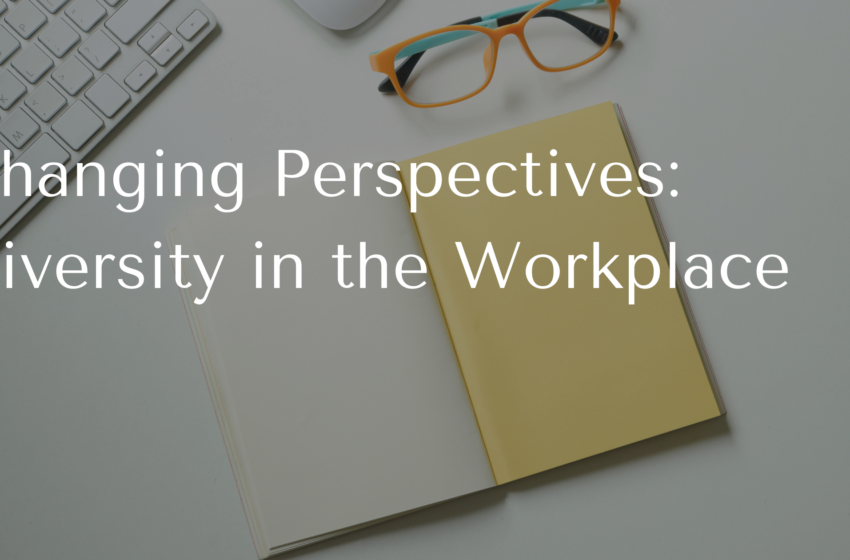Changing Perspectives: Diversity in the Workplace

Workforce diversity, although not a new trend, is gaining popularity. Many organizations are making efforts to make their workforce culturally diverse.
However, organizational diversity also has some drawbacks. Sometimes, it can do more harm than good.
So, should you implement diversity in your workspace? Let’s discuss.
What is Diversity in the Workplace?
A workplace with diversity has employees from various genders, races, ethnicities, sexual orientations. Recent globalization has also added a “country” element to this list. Many organizations, especially those with offshore offices, tend to exchange employees to ensure greater diversity.
Do You Need a Diverse Workplace?
First, it’s important to understand that workplace diversity is not a new concept. It dates back to the 1960s. But do you really need organizational diversity?
Well, here are two scenarios. In the first scenario, you have a company looking to hire new employees. You get applications from a diverse group of people belonging to different age groups, genders, ethnicities, etc. In this case, your workplace will become naturally diverse. This is something you should encourage.
But don’t make organizational diversity a fad. It should not be something you should chase just because it makes your organization more acceptable, tolerant, and supportive of everyone.
If workplace diversity comes in naturally, embrace it. But if it doesn’t, don’t put in extra effort to hire a diverse workforce.
Pros and Cons of Diversity
While diversity can make your organization livelier, it also has its drawbacks. Let’s look at the pros and cons of diversity in the workplace.
Pros:
- Various Skillsets: A diverse workforce means you get a chance to work with individuals of different approaches and skillsets. It can boost the overall productivity of your organization.
- Mentoring Opportunities: If you have employees of different ages and experiences, mentoring becomes easy. Younger individuals can look up to older employees for help without letting their ego come in between.
- Exposure to Diverse Perspectives: When you have people from various backgrounds, you get exposure to different perspectives, opinions, and point-of-views. If you’re trying to make a crucial decision, diversity in opinions is a luxury to have.
Cons: - Difficulty to Communicate: If people in your workforce speak different languages, communication and collaboration can be difficult.
- Personal Prejudice: Though the world has come a long way, discrimination based on race and ethnicity still exists. When you have a diverse workforce, the risk of discrimination and personal prejudice increases.
- Clash of Opinions: Diversity in opinions is beneficial, but it can also be disadvantageous. Working with a diverse workforce can increase conflicting opinions, which might ruin team bonding.
Wrapping Up – Efficiency Is the Key
In all, it’s all about what works the best for your organization. If you’re doing great without having a diverse workforce, there’s no need to make changes. Also, understand what your employees what because ultimately, they’ll drive your organization forward.
If you feel they won’t adjust to people of other races, ethnicities, and sexual orientations, it’s better to avoid forcing diversity on them.



